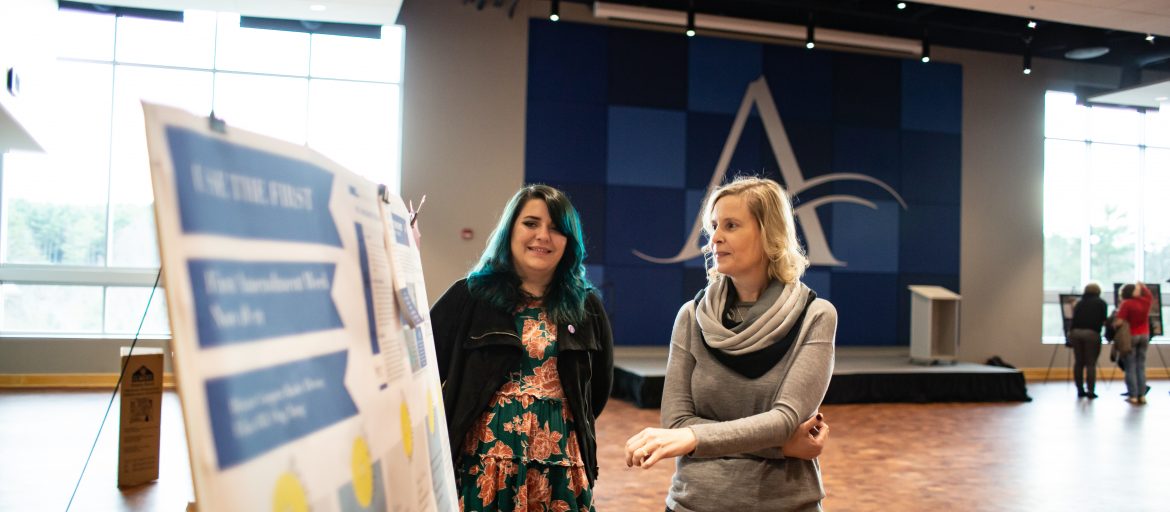Abstract
In 1954 and 1982, the Cape Gelidonya and the Uluburun shipwrecks respectively were discovered. The treasure troves of goods upon these two ships provide evidence for discussing the international trade of the Bronze Age Mediterranean. The ships and the artifacts found reflect the connections between the many different coastal cities of the Mediterranean. Three different types of goods—personal goods, trade goods, and precious goods—have been determined for all the artifacts that have been found. These groups each allow certain theories concerning the internationalism of trade in the Mediterranean at this time. The theories based upon the artifacts explain the presence of certain goods on the ships and the extent to which Mediterranean trade brought different cultures together through the exchange of certain goods. The personal goods reflect a diverse sailing company, the trade goods a sharing of technologies and other items, and the prestige goods an exchange of status items in order to create alliances.
How to Cite
Ropp, A., (2014) “The Internationalism of the Bronze Age Mediterranean: A Study of the Goods Recovered from the Uluburun and Cape Gelidonya Wrecks and their Effects on International Trade”, Capstone, The UNC Asheville Journal of Undergraduate Scholarship 27(1).
73
Views
1001
Downloads
